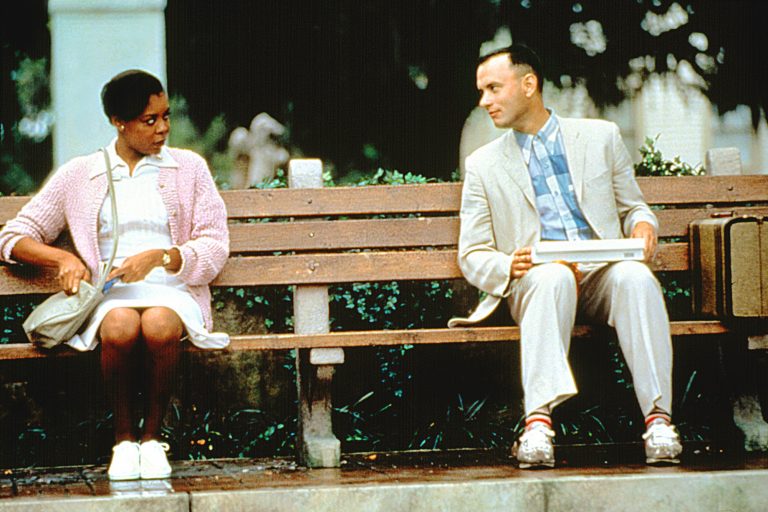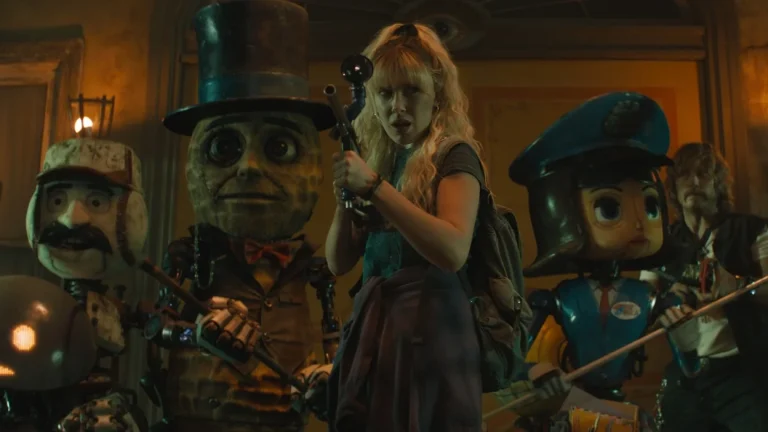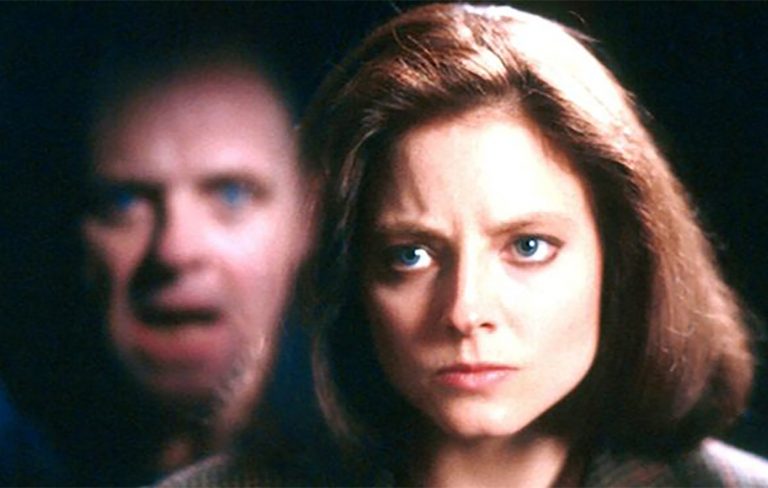Facts About Planets of the Apes: Film franchises have been around for a while now, and given the behemoth successes of the Marvel Cinematic Universe, the industry is taking the franchise game more seriously. A genre-hopping movie franchise born in the 1960s has become a pop culture phenomenon, captivating audiences for decades and surviving two reboots. The movie series began in 1968, with the release of “Planet of the Apes” directed by Franklin J. Schaffner, an adaptation of Pierre Boulle’s 1963 novel “La Planète des singes.”
After the critical and commercial success of the 1968 Planet of the Apes, it spawned a media franchise that became a pop culture phenomenon, raising the issues of race, animal rights, and various political discourses and warfare. Apart from video games, comic books, and animated series, the film series has churned out ten films. With the latest release in the reboot series “Kingdom of the Planet of the Apes” now running in theatres, let’s look at some behind-the-scenes facts on the franchise.
A prank on the first movie set became an in-joke in a film that came later in the franchise:
During the shoot of the first movie, the actors who wore ape costumes and makeup were regularly pranked on set by receiving a banana for lunch. This annoyed Kim Hunter, who played Dr. Zira. Later, when the third movie in the franchise, “Escape from the Planet of the Apes,” was released in 1971, the incident became an in-joke scene in the movie.
Andy Serkis and Terry Notary did additional voices in the 2011 reboot:
In an interview, Andy Serkis admitted that while he played Caesar in the 2011 reboot film “Rise of the Planet of the Apes,” he also did additional voices and motion capture for several other ape characters in the movie. Along with his co-star Terry Notary, who played the ape Rocket and was the voice of Bright Eyes, Caesar’s mother, the duo gave additional voices to the apes Lucky, Andy, and Wolfie.
Despite the first film’s success, the second film had a smaller budget:
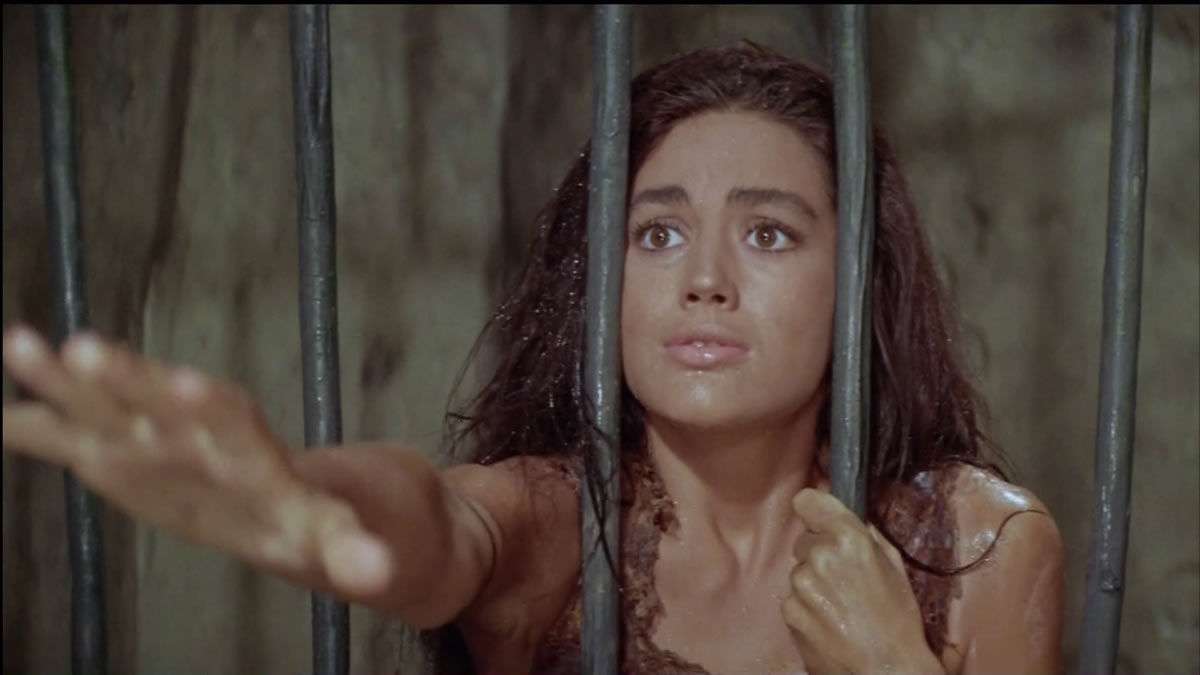
Even though “Planet of the Apes” (1968) was a huge success, the budget decreased from $5 million to $2.5 million when the second film was being made. A string of costly box office failures had left 20th Century Fox on the verge of collapse. With the studio’s financial future hanging by a thread, executives became highly skeptical about greenlighting big budgets for sequels in the “Planet of the Apes” franchise.
A lead actor was reluctant to reprise his role:
Charlton Heston was reluctant to reprise the role of George Taylor for the second movie, “Beneath the Planet of the Apes” (1970), believing that Taylor’s struggles were what drove the first movie and that the story had already reached its conclusion. In his opinion, a sequel would be a lackluster “Adventures Amongst the Monkeys.” He eventually agreed to appear on condition that his scenes had to be shot within two weeks. He also insisted that Taylor had to be killed. Heston agreed to a compromise where he would disappear at the film’s beginning and reappear to die at the end. Eventually, Heston had a screen time of 18 minutes in “Beneath the Planet of the Apes.”
20th Century Fox was against any human-ape romance:
During the making of the 2001 remake “Planet of the Apes,” the character Ari was first planned as an “ape princess” and the romantic interest. But Fox was against the idea of any human-ape romance, calling it “unnatural and weird.” Even though director Tim Burton wanted to make the relationship platonic or implied, Fox was still very much against the idea, so it was scrapped from the script.
The remake of the original film was difficult to make:
Director Tim Burton, who directed the 2001 remake of the 1968 film, was really unhappy with the final movie and decided not to return for any sequel if one was made. This was primarily attributed to the fact that 20th Century Fox was adamant about releasing the film in July 2001, which meant every aspect of the film was rushed, from pre-production to visual effects to editing. The film took only 80 days to complete. However, Burton felt it did not capture his vision for the film.
The sequels upped the ante with a main ape character wielding a more expansive vocabulary:
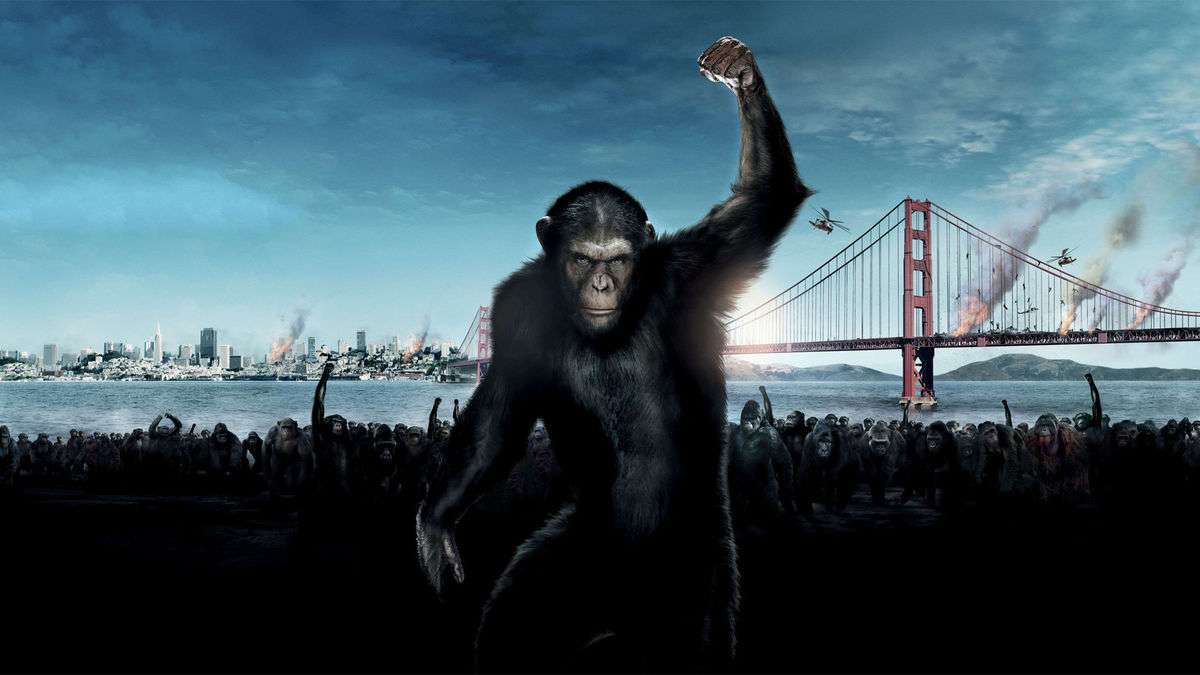
In “Rise of the Planet of the Apes” (2011), Caesar could only utter a few words, most notably, “No!” In the sequel “Dawn of the Planet of the Apes” (2014), his vocabulary increased greatly, and he was able to speak in nearly complete sentences with syntax and grammar, but still with a rough tone and cadence to his voice. In the latter film, his speech is almost identical to what a human can produce, indicating his growth into personhood, according to director Matt Reeves.
Primatologists were impressed by the motion capture performances:
After watching “War for the Planet of the Apes” (2017), Primatologists were impressed that the apes’ behavior captured through motion capture was surprisingly realistic. They particularly praised Karin Kordoval, who played Maurice the orangutan.
Music from the previous films in the franchise was used in later films:
During the making of subsequent sequels to the original “Planet of the Apes” (1968), several musical cues were reused because 20th Century Fox kept trimming the budget of the sequels. The continued box office failure of several of their expensive films made the film “Conquest of the Planet of the Apes” reuse almost all the music from the previous films.
The actors were required to wear masks and makeup even during shooting breaks:
On the set of the original 1968 film, elaborate masks and makeup transformed actors into chimpanzees, gorillas, and orangutans. The process was so time-consuming that the ape actors, including extras, remained in costume even during breaks and between takes. Imagine the sweltering heat under those masks! Meals were blended into liquid form, allowing the actors to slurp them down through straws.


